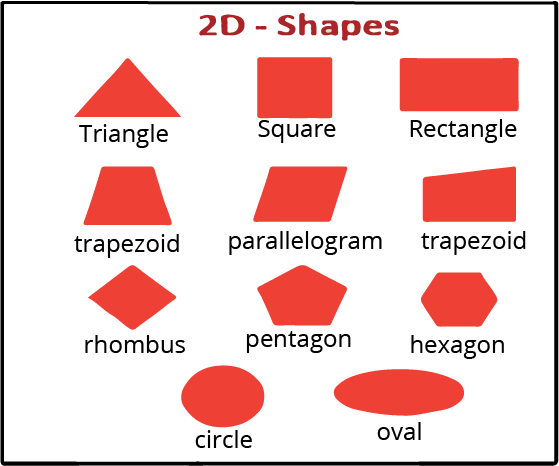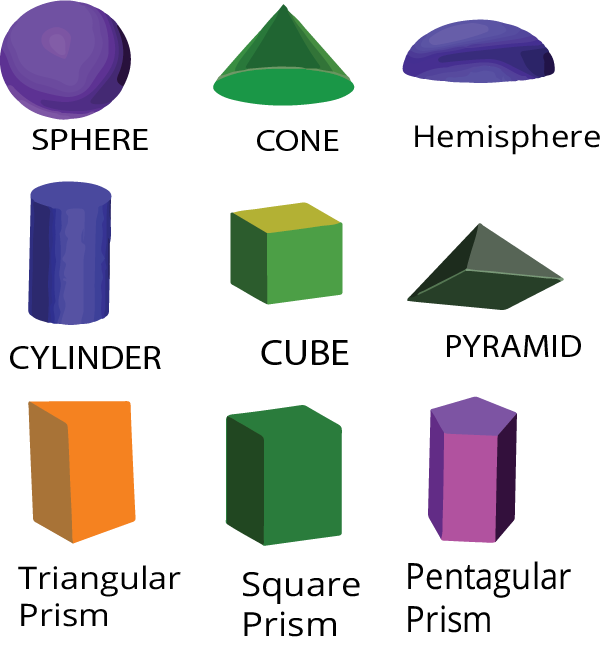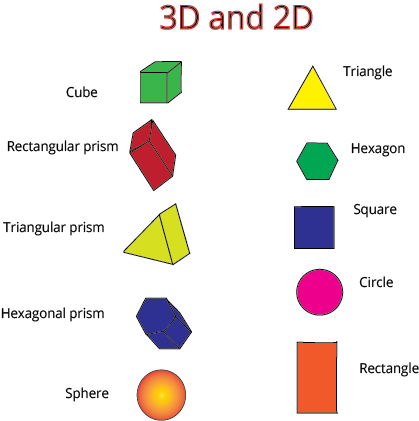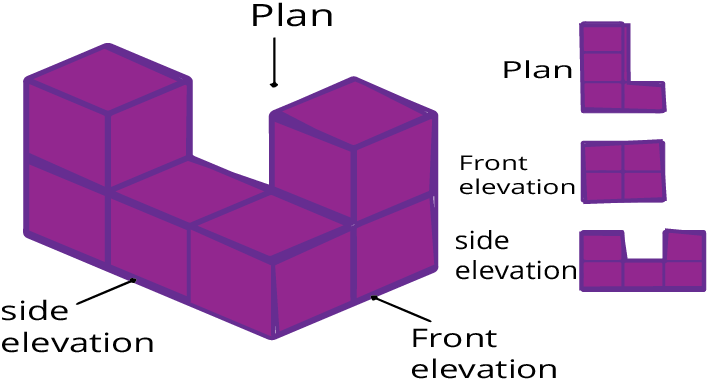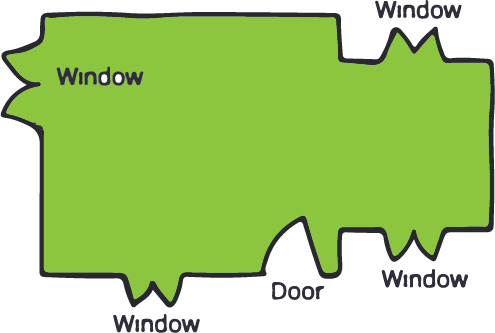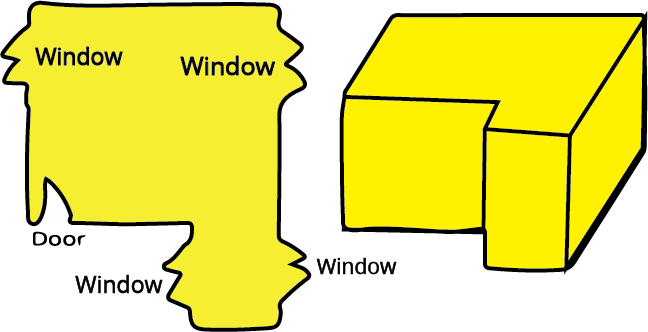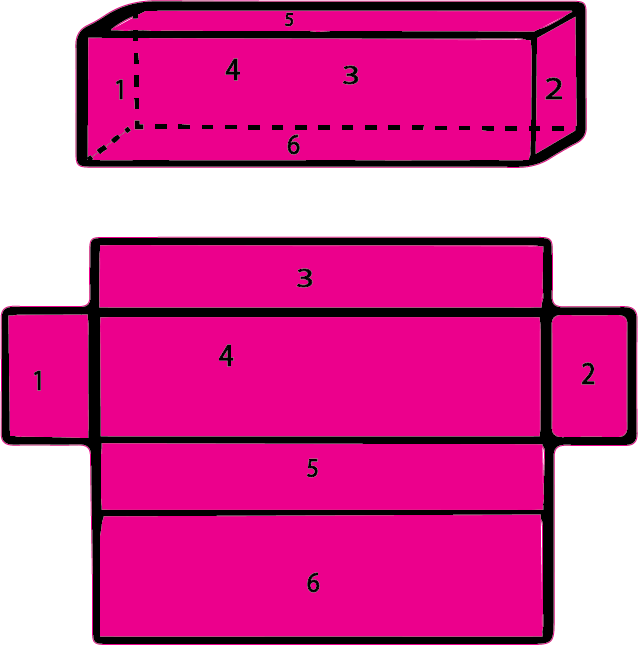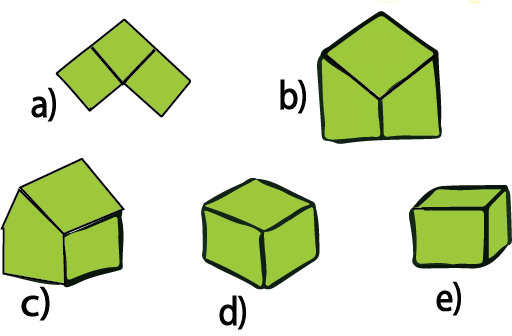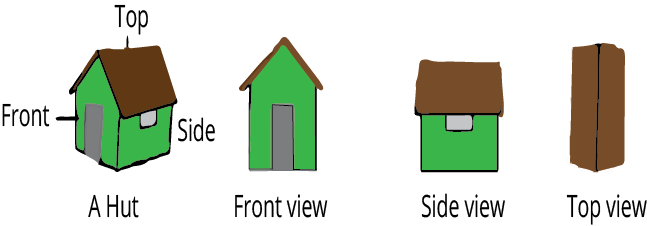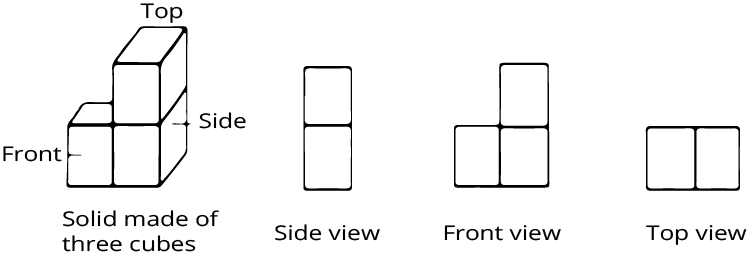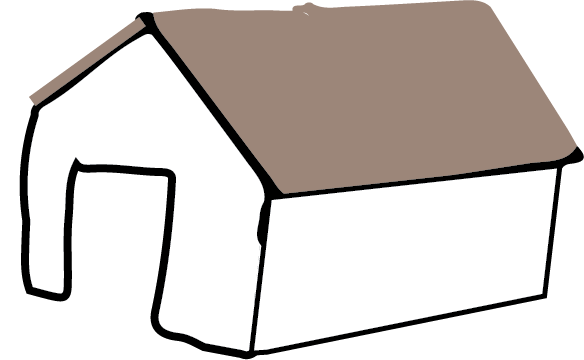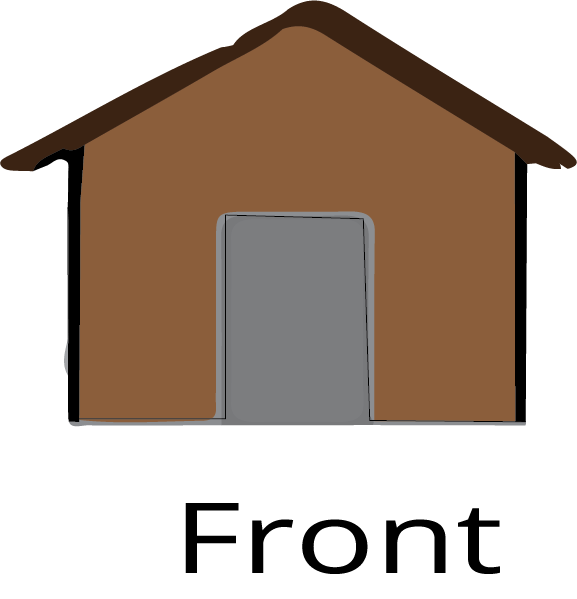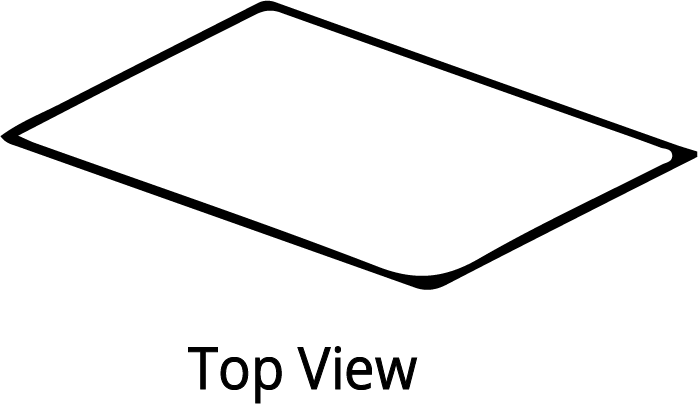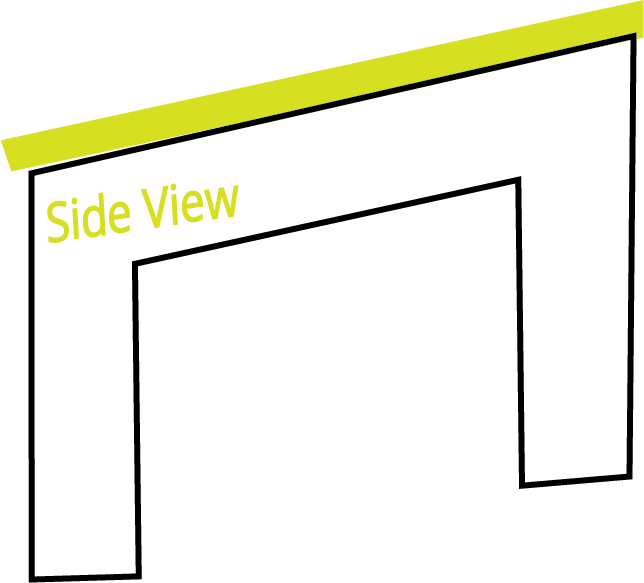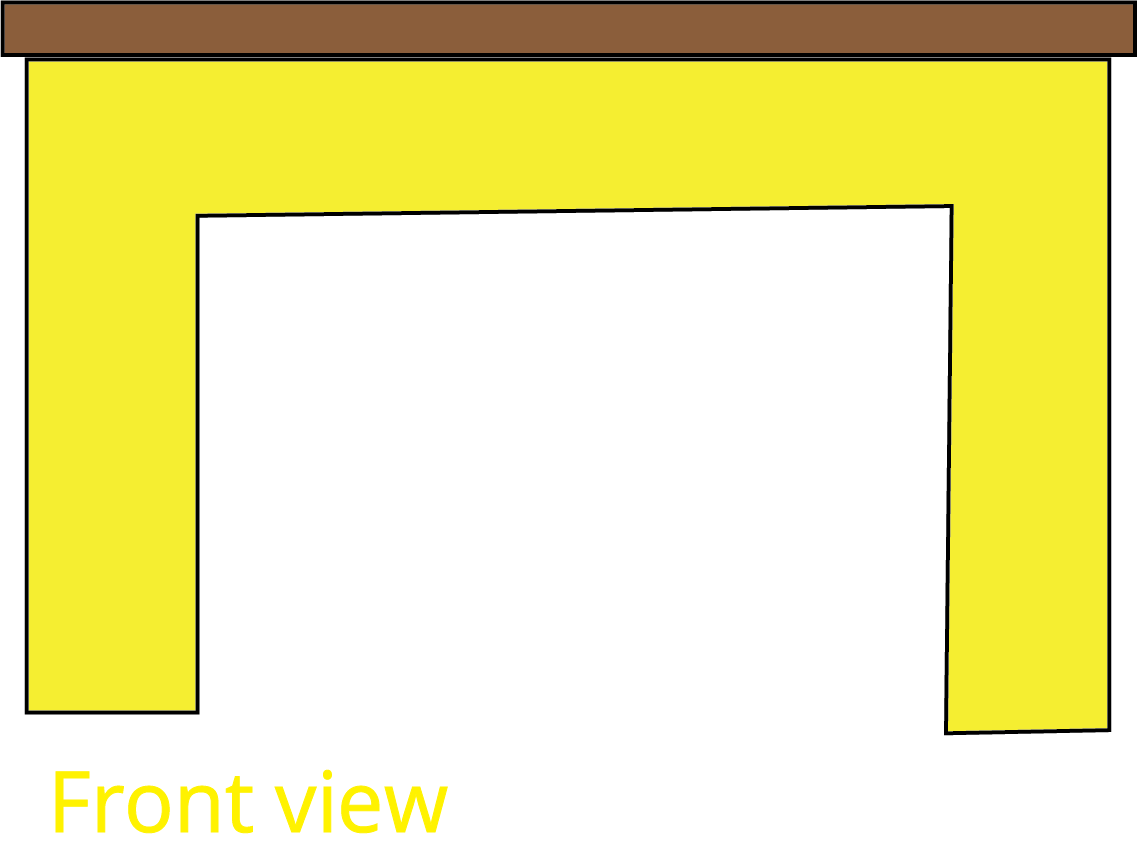Maths Notes for Chapter 9 Boxes and Sketches Class 5 - FREE PDF Download
FAQs on Boxes and Sketches Class 5 Maths Chapter 9 CBSE Notes - 2025-26
1. What is the difference between a cube and a cuboid for Class 5 Maths Chapter 9?
A cube has square surfaces whereas a cuboid has at least 2 rectangular surfaces. It means that a cube has all equal sides whereas a cuboid has different measures of length, breadth, and height.
2. How do I draw sketches on a sheet for Class 5 Maths Chapter 9?
Focus on how the sketches are drawn for constructing cubes. Identify the lines where folds are to be made. It will help you make cube designs successfully on the sheets without any hassle.
3. Why should I download and use NCERT Solutions for Class 5 Maths Chapter 9?
NCERT Solutions for Class 5 Maths Chapter 9 available on Vedantu covers all exercise problems, solved by our subject experts. You will find the solutions explained in a step-wise method. Thus, it will be easier to understand the problem-solving approaches formulated by our experts for effective exam preparation.
4. Which things around you look like a cube for Class 5 Maths Chapter 9?
Many objects around us have a cuboidal shape, which is a three-dimensional figure with six square faces.
5. How are cubes used in real life for Class 5 Maths Chapter 9?
Cubes are used in a variety of ways in real life. They are often used as building blocks for structures, such as walls and houses. Cubes are also used in packaging, such as for food and electronics. Additionally, cubes are used in various games and puzzles, such as dice and Rubik's Cubes.
























